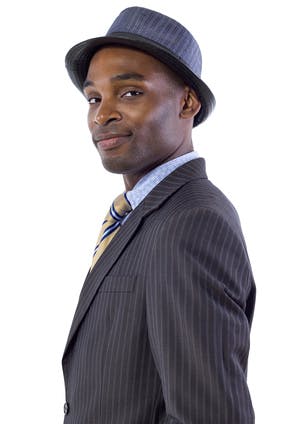Entry-level training programs for Millennials up to this point have neared perfection.
However, HR professionals now have another development conundrum: How do we train Generation Y for leadership?
In order to establish a leadership profile for the up-and-coming professionals, it is essential to understand the generation first. More importantly, you have to understand how they view leadership and what their role as leaders might look like.
Gen Y sees leadership differently
Millennials graduated college during an economic crisis, which lead to difficulties in finding jobs out of the gates. And, it made the generation wary of traditional leadership styles and structures.
As a result of their disdain for the hierarchical corporate structures, companies will become more horizontal in structure. Mara Swan, Executive Vice President of Global State at ManpowerGroup, said:
Gen Y’s perceived skepticism toward traditional corporate structures should make them more democratic in their approach as leaders. Dropping command-and-control leadership models in favor of more collaborate, collective organizational reporting orders is likely to be a defining hallmark.”
With the technology boom of the 1980s and 1990s, Millennials are not strangers to an increasingly small world. The easy access to all corners of the globe with a simple click, they are more prepared for diversity training. As a result of growing up in a global community, they are more apt to stay with a company that is diverse because it’s a trademark of innovation.
Through 39 percent of the eyes of 20-something employees, poor diversity practices are a barrier to innovation, among these other issues with traditionally structured organizational leadership:
- 63 percent of Gen Y employees feel the biggest barrier to innovation is management attitude.
- 61 percent of Millennials see current operational structures and procedures as barriers to innovation.
You must train Millennials accordingly
Typical company management training does not cater to how Millennials envision the roles of leadership. In order to prepare them properly for managerial positions, company leaders have to keep in mind their vision of a more horizontal organization structure. This horizontal structure is perhaps spawned by the generation’s increasing desire to share knowledge and experience.
In response to the character trait, Josh Bersin explains the necessary shift in company management needs to take. He describes it as a growth from talent consumption (i.e., hoarding talent, which can lead to employee stagnation) to talent production (developing talent into the next organizational generation of leadership).
Some Millennials already consider themselves to be leaders. In fact, the vast majority (72 percent) of Generation Y see themselves as leaders despite less than half have actually held positions with leadership responsibilities.
This is because Millennials believe they have stepped into situational leadership positions. For example, on a project, they might be team lead or leader of the project, but not necessarily the department as whole. They take on leadership responsibilities without necessarily the leadership titles or official permission.
Gen Y will find someone who will train them
The position might have good benefits and great pay, but if it doesn’t offer development opportunities company leaders can’t expect their high-potential Millennials to stay. One of the most attractive facets of a job for Gen Y is the potential for growth — 72 percent of Millennials are more attracted to companies that offer career advancement opportunities.
The leadership roles Millennials will grow into will change. The visions of the generation and how they see leadership is very different from generations before. They will be more democratic as leaders, which will ultimately trend towards organizations leaving the traditional stacked structure to one that is more horizontal.
With that, however, comes a need for a change in the way leadership trains the generation for managerial roles. Because they already see themselves as leaders in some aspects, organizations must be prepared to offer Millennials opportunities for career progression and professional growth.
Training Gen Y isn’t as puzzling as it might seem. HR professionals simply need to understand how Millennials view leadership and the roles they come into.
